Normal range for alt liver test. Alanine Transaminase (ALT) Blood Test: Understanding Liver Function and Health
What is the normal range for ALT liver test. How is the ALT blood test performed. Why is ALT testing important for liver health. What can cause elevated ALT levels. How to interpret ALT test results.
What is Alanine Transaminase (ALT) and Why is it Important?
Alanine transaminase (ALT) is an enzyme predominantly found in liver cells. It plays a crucial role in amino acid metabolism and is considered a key indicator of liver health. When liver cells are damaged or die, ALT is released into the bloodstream, causing elevated levels that can be detected through blood tests.
ALT testing is important because it provides valuable insights into liver function and can help detect liver diseases or injuries early on. Monitoring ALT levels allows healthcare providers to:
- Assess overall liver health
- Diagnose liver disorders
- Track the progression of liver diseases
- Evaluate the effectiveness of treatments
- Screen for potential liver damage caused by medications or toxins
How is the ALT Blood Test Performed?
The ALT blood test is a simple and relatively painless procedure. Here’s what you can expect:

- A healthcare professional will clean an area on your arm with an antiseptic.
- A tourniquet may be applied to make your veins more visible.
- A needle is inserted into a vein to draw a small amount of blood.
- The blood sample is collected in a vial or tube.
- The needle is removed, and pressure is applied to stop any bleeding.
- The sample is sent to a laboratory for analysis.
The entire process usually takes less than five minutes. While some people may experience slight discomfort or bruising at the injection site, serious complications are rare.
Understanding ALT Test Results: What’s Normal and What’s Not?
Interpreting ALT test results is crucial for assessing liver health. The normal range for ALT levels can vary slightly between laboratories, but generally:
- Normal ALT range: 4 to 36 units per liter (U/L)
It’s important to note that “normal” can differ based on factors such as age, gender, and the specific testing methods used. Always consult with your healthcare provider to understand your individual results.

Are slightly elevated ALT levels cause for concern?
Slightly elevated ALT levels may not always indicate a serious problem. Temporary increases can occur due to factors like intense exercise or certain medications. However, persistent elevations warrant further investigation.
When are ALT levels considered significantly elevated?
ALT levels more than three times the upper limit of normal are generally considered significantly elevated. Such results often indicate liver damage or disease and require prompt medical attention and additional testing.
Common Causes of Elevated ALT Levels
Elevated ALT levels can be caused by various factors, ranging from temporary conditions to chronic liver diseases. Some common causes include:
- Viral hepatitis (A, B, or C)
- Alcoholic liver disease
- Nonalcoholic fatty liver disease (NAFLD)
- Cirrhosis
- Liver cancer
- Medications (e.g., certain antibiotics, statins, or acetaminophen)
- Autoimmune hepatitis
- Hemochromatosis (iron overload)
- Wilson’s disease (copper accumulation)
- Celiac disease
How do viral infections affect ALT levels?
Viral infections, particularly hepatitis, can cause significant inflammation and damage to liver cells. This results in the release of ALT into the bloodstream, leading to elevated levels. The extent and duration of ALT elevation can vary depending on the specific virus and the severity of the infection.

Other Liver Function Tests: Complementing ALT Results
While ALT is a valuable indicator of liver health, it’s often used in conjunction with other liver function tests to provide a more comprehensive assessment. These may include:
- Aspartate aminotransferase (AST)
- Alkaline phosphatase (ALP)
- Gamma-glutamyl transferase (GGT)
- Bilirubin
- Albumin
- Prothrombin time (PT)
Together, these tests can help healthcare providers differentiate between various liver conditions and determine the most appropriate course of action.
What is the AST/ALT ratio and why is it important?
The AST/ALT ratio is the relationship between aspartate aminotransferase (AST) and alanine aminotransferase (ALT) levels. This ratio can provide valuable insights into the nature and severity of liver damage. For example:
- An AST/ALT ratio greater than 2:1 may suggest alcoholic liver disease
- A ratio less than 1:1 is more commonly seen in viral hepatitis or nonalcoholic fatty liver disease
Lifestyle Factors That Can Affect ALT Levels
Several lifestyle factors can influence ALT levels, either temporarily or long-term. Being aware of these can help you maintain optimal liver health:
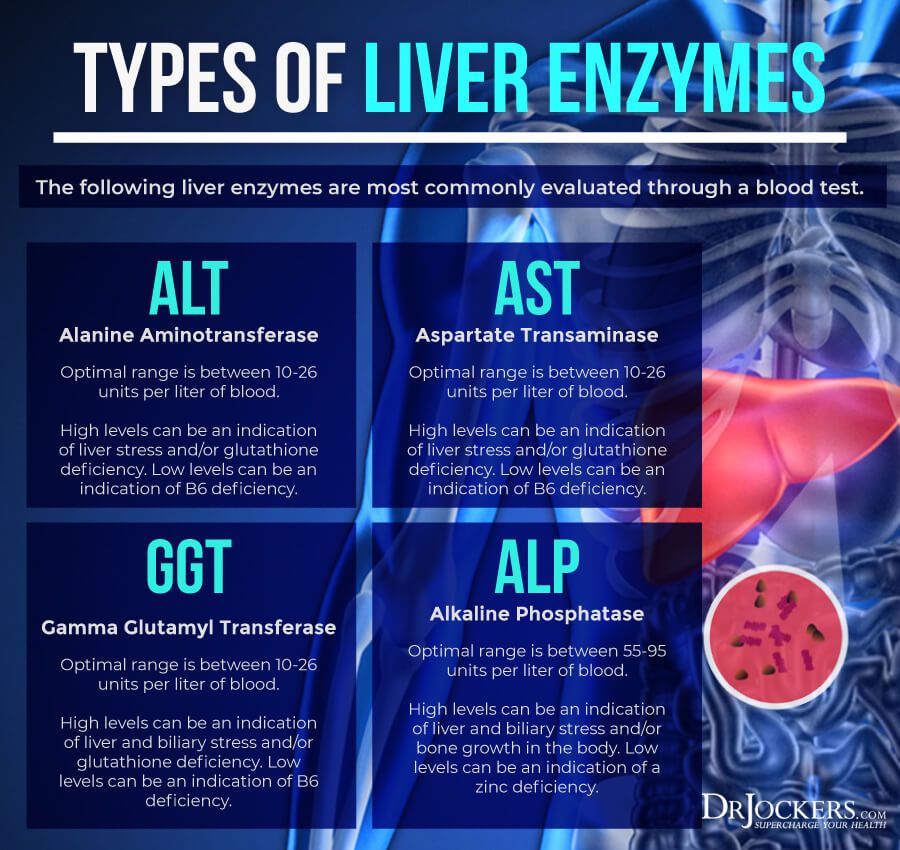
- Alcohol consumption: Excessive drinking can lead to alcoholic liver disease and elevated ALT levels.
- Diet: A high-fat, high-sugar diet can contribute to nonalcoholic fatty liver disease and increased ALT.
- Exercise: Intense workouts may cause temporary ALT elevations.
- Weight: Obesity is associated with higher ALT levels and increased risk of liver disease.
- Medications: Some over-the-counter and prescription drugs can affect ALT levels.
How does alcohol consumption impact ALT levels?
Alcohol can cause both acute and chronic liver damage. Short-term heavy drinking can lead to temporary ALT elevations, while long-term excessive alcohol consumption can result in alcoholic liver disease, characterized by persistently high ALT levels. The extent of ALT elevation often correlates with the severity of liver damage.
Managing and Improving ALT Levels: Practical Steps
If you’ve been diagnosed with elevated ALT levels, there are several steps you can take to improve your liver health:
- Limit alcohol consumption or abstain completely if recommended by your doctor.
- Maintain a healthy weight through a balanced diet and regular exercise.
- Avoid unnecessary medications and follow prescribed dosages carefully.
- Get vaccinated against hepatitis A and B if you haven’t already.
- Manage underlying conditions like diabetes or high cholesterol.
- Consider liver-supportive supplements under medical supervision.
- Stay hydrated and reduce intake of processed foods.
Can dietary changes help lower ALT levels?
Yes, dietary modifications can significantly impact ALT levels, especially in cases of nonalcoholic fatty liver disease. A diet rich in fruits, vegetables, whole grains, and lean proteins, while low in saturated fats and added sugars, can help reduce liver inflammation and improve ALT levels. Additionally, certain foods like coffee, green tea, and foods high in omega-3 fatty acids have shown potential liver-protective effects.
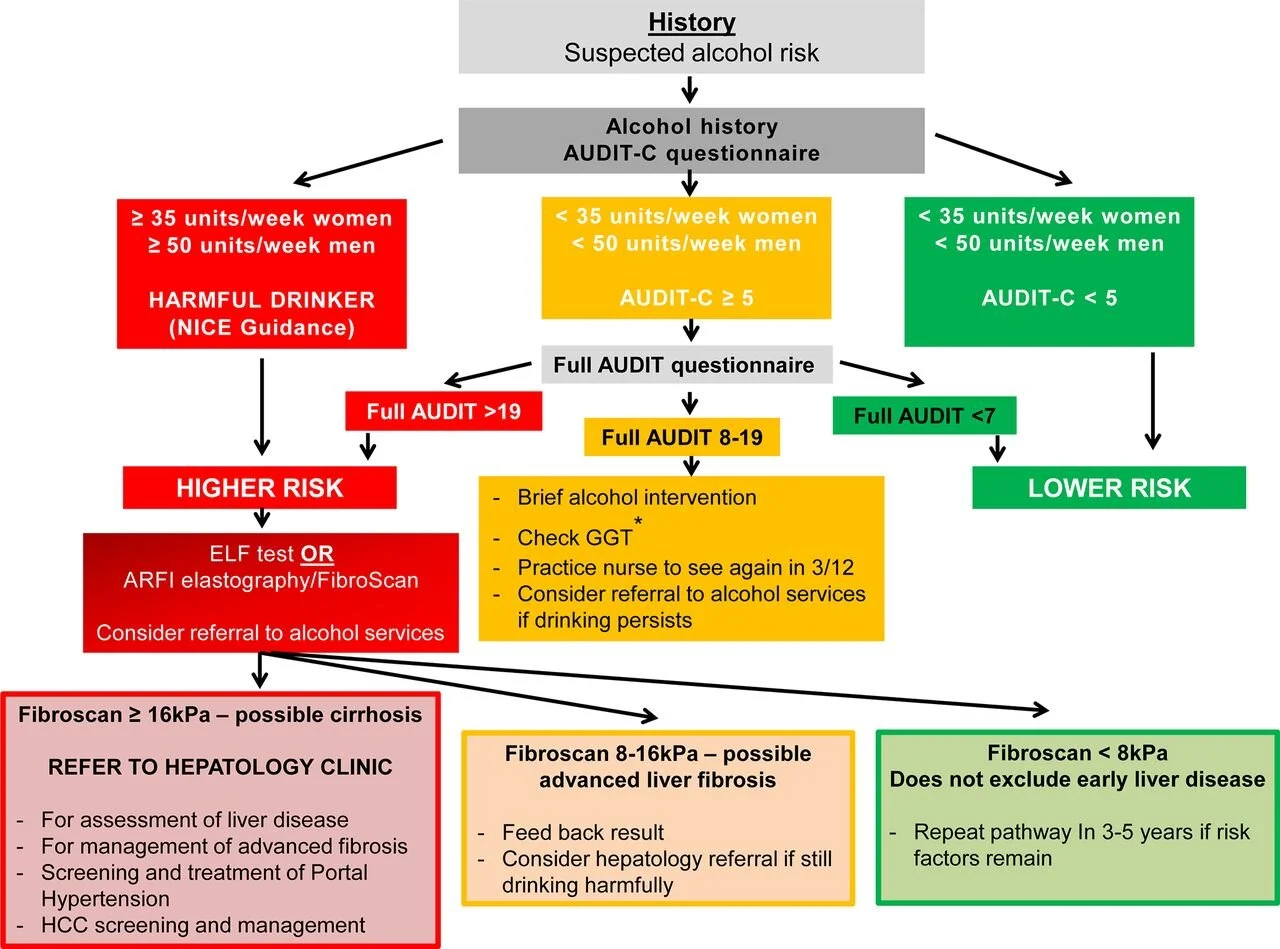
When to Seek Medical Attention for Abnormal ALT Results
While minor ALT elevations may not always require immediate medical attention, certain situations warrant prompt consultation with a healthcare provider:
- ALT levels more than three times the upper limit of normal
- Persistent elevations in ALT over multiple tests
- ALT elevations accompanied by symptoms like jaundice, abdominal pain, or fatigue
- Rapidly increasing ALT levels
- Known exposure to hepatitis or other liver-toxic substances
Early intervention can be crucial in preventing or managing serious liver conditions. Don’t hesitate to discuss any concerns about your ALT levels or liver health with your healthcare provider.
What additional tests might be recommended for elevated ALT?
If elevated ALT levels persist or are significantly high, your healthcare provider may recommend additional tests to determine the underlying cause. These may include:
- Comprehensive metabolic panel
- Hepatitis virus testing
- Autoimmune antibody tests
- Imaging studies (ultrasound, CT scan, or MRI)
- Liver biopsy in some cases
These tests can help pinpoint the specific liver condition and guide appropriate treatment strategies.

The Future of Liver Health Monitoring: Beyond ALT
While ALT remains a valuable tool for assessing liver health, research is ongoing to develop more sophisticated methods for early detection and monitoring of liver diseases. Some promising areas include:
- Non-invasive imaging techniques like elastography to assess liver stiffness
- Advanced blood-based biomarkers for specific liver conditions
- Genetic testing to identify individuals at higher risk for certain liver diseases
- Artificial intelligence algorithms to analyze complex liver function data
These advancements may lead to more personalized and effective approaches to liver health management in the future.
How might AI impact liver disease diagnosis and monitoring?
Artificial intelligence has the potential to revolutionize liver disease diagnosis and monitoring. AI algorithms can analyze vast amounts of data, including lab results, imaging studies, and patient histories, to identify patterns and predict outcomes with high accuracy. This could lead to earlier detection of liver diseases, more precise treatment plans, and improved patient outcomes. However, it’s important to note that AI tools are intended to augment, not replace, clinical judgment and expertise.

As our understanding of liver health continues to evolve, the role of ALT testing remains crucial. By staying informed about your ALT levels and overall liver health, you can take proactive steps to maintain a healthy liver and prevent potential complications. Regular check-ups, a healthy lifestyle, and open communication with your healthcare provider are key to ensuring optimal liver function and overall well-being.
Alanine transaminase (ALT) blood test
Medical Tests
Definition
The alanine transaminase (ALT) blood test measures the level of the enzyme ALT in the blood.
Alternative Names
SGPT; Serum glutamate pyruvate transaminase; Alanine transaminase; Alanine aminotransferase
How the Test is Performed
A blood sample is needed.
How to Prepare for the Test
No special preparation is needed.
How the Test will Feel
When the needle is inserted to draw blood, some people feel moderate pain. Others feel only a prick or stinging. Afterward, there may be some throbbing or a slight bruise. This soon goes away.
Why the Test is Performed
ALT is an enzyme found in a high level in the liver. An enzyme is a protein that causes a specific chemical change in the body.
Injury to the liver results in release of ALT into the blood.
This test is mainly done along with other tests (such as AST, ALP, and bilirubin) to diagnose and monitor liver disease.
Normal Results
The normal range is 4 to 36 U/L.
Normal value ranges may vary slightly among different laboratories. Some labs use different measurements or may test different samples. Talk to your health care provider about the meaning of your specific test results.
What Abnormal Results Mean
An increased ALT level is often a sign of liver disease. Liver disease is even more likely when the levels of substances checked by other liver blood tests have also increased.
An increased ALT level may be due to any of the following:
- Scarring of the liver (cirrhosis)
- Death of liver tissue
- Swollen and inflamed liver (hepatitis)
- Too much iron in the body (hemochromatosis)
- Too much fat in the liver (fatty liver)
- Lack of blood flow to the liver (liver ischemia)
- Liver tumor or cancer
- Use of drugs that are toxic to the liver
- Mononucleosis (“mono”)
- Swollen and inflamed pancreas (pancreatitis)
Risks
adam.com”>There is little risk involved with having your blood taken. Veins and arteries vary in size from one person to another and from one side of the body to the other. Taking blood from some people may be more difficult than from others.Other risks associated with having blood drawn are slight, but may include:
- Excessive bleeding
- Fainting or feeling lightheaded
- Multiple punctures to locate veins
- Hematoma (blood collecting under the skin)
- Infection (a slight risk any time the skin is broken)
References
Chernecky CC, Berger BJ. Alanine aminotransferase (ALT, alanine transaminase, SGPT) – serum. In: Chernecky CC, Berger BJ, eds. Laboratory Tests and Diagnostic Procedures. 6th ed. St Louis, MO: Elsevier Saunders; 2013:109-110.
Pincus MR, Tierno PM, Gleeson E, Bowne WB, Bluth MH. Evaluation of liver function. In: McPherson RA, Pincus MR, eds. Henry’s Clinical Diagnosis and Management by Laboratory Methods. 23rd ed. St Louis, MO: Elsevier; 2017:chap 21.
In: McPherson RA, Pincus MR, eds. Henry’s Clinical Diagnosis and Management by Laboratory Methods. 23rd ed. St Louis, MO: Elsevier; 2017:chap 21.
Pratt DS. Liver chemistry and function tests. In: Feldman M, Friedman LS, Brandt LJ, eds. Sleisenger and Fordtran’s Gastrointestinal and Liver Disease. 10th ed. Philadelphia, PA: Elsevier Saunders; 2016:chap 73.
Review Date: 01/26/2019
The information provided herein should not be used during any medical emergency or for the diagnosis or treatment of any medical condition. A licensed physician should be consulted for diagnosis and treatment of any and all medical conditions. Call 911 for all medical emergencies. Links to other sites are provided for information only — they do not constitute endorsements of those other sites. Copyright ©2019 A.D.A.M., Inc., as modified by University of California San Francisco. Any duplication or distribution of the information contained herein is strictly prohibited.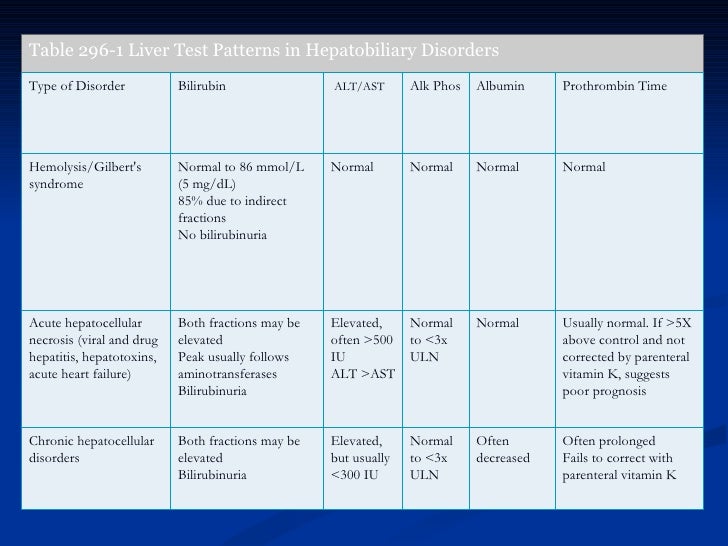
Information developed by A.D.A.M., Inc. regarding tests and test results may not directly correspond with information provided by UCSF Health. Please discuss with your doctor any questions or concerns you may have.
Types of Liver Problems & Their Causes
Written by Steven Brown
- Infections
- Immune System Problems
- Cancer and Tumors
- Conditions You Inherit
- Other Causes of Liver Disease
Your liver does a lot of things that keep you healthy. It turns nutrients into chemicals your body needs. It filters out poisons. It helps turn food into energy. So when your liver doesn’t work well, that can affect your whole body.
Different things can cause serious liver conditions. You’ll want to know about the top causes.
Sometimes, the problem is that you have an infection that inflames your liver. Viral hepatitis is the most common cause, including:
- Hepatitis A. Most people get it by eating or drinking something that’s tainted by fecal matter.
 You might not have any symptoms. It usually goes away by itself within 6 months without any long-term harm.
You might not have any symptoms. It usually goes away by itself within 6 months without any long-term harm. - Hepatitis B. You get it from somebody else, such as through unprotected sex or taking drugs with shared needles. If it lasts longer than 6 months, it makes you more likely to get liver cancer or other diseases.
- Hepatitis C comes from infected blood that gets into your blood. You might get it if you take drugs with shared needles or in connection with HIV. If you’re a health-care worker, you might get it from an infected needle that accidentally sticks you. Symptoms may not show up for many years. For reasons that aren’t quite clear, baby boomers are at risk for hepatitis C and should be tested for it.
Your immune system fights off invaders including bacteria and viruses. But it might go wrong and attack one or more parts of your body, such as your liver.
- Autoimmune hepatitis inflames your liver.
 It can lead to other disorders and even liver failure. It strikes girls and women more often than boys or men.
It can lead to other disorders and even liver failure. It strikes girls and women more often than boys or men. - Primary biliary cholangitis attacks tiny tubes in your liver called bile ducts. They carry bile, a chemical that helps you digest food. When the ducts are injured, the bile backs up inside your liver and scars it. Women come down with this more often than men.
- Primary sclerosing cholangitis scars your bile ducts, and it can eventually block them. The bile builds up inside your liver, and that makes it harder for your liver to work. It may lead to liver cancer, and you might someday need a liver transplant. Men are more likely than women to get it.
If cancer shows up in your liver, that’s most likely because it has spread from another part of your body, like your lungs, colon, or breasts. But a few cancers can start in the liver.
- Liver cancer affects women more often than men, and African-Americans more often than whites.
 Your doctor might call it hepatocellular carcinoma. It’s more likely if you have hepatitis or drink too much.
Your doctor might call it hepatocellular carcinoma. It’s more likely if you have hepatitis or drink too much. - Bile duct cancer strikes the tubes that run from your liver to your small intestine to carry bile, a fluid that helps you digest food. This kind of cancer mainly affects people over age 50, but it’s uncommon.
- Liver cell adenoma is a tumor that doesn’t have cancer. It’s uncommon, but women who take birth control pills for a long time are more prone than other people to develop it. There’s a small chance the tumor could eventually turn into cancer.
Some inherited liver disorders only happen if they run in your family.
- Hemochromatosis makes your body store up too much of the iron from your food. The extra iron builds up in your liver, heart, or other organs. It can lead to life-threatening conditions such as liver diseases, heart disease, or diabetes.
- Hyperoxaluria hits when your urine has too much of a chemical called oxalate.
 In this condition, your liver makes too much oxalate due to a genetic mutation. This can cause kidney stones and kidney failure. If your kidneys do fail, that can give you oxalosis, where the oxalate collects in other organs and causes more trouble.
In this condition, your liver makes too much oxalate due to a genetic mutation. This can cause kidney stones and kidney failure. If your kidneys do fail, that can give you oxalosis, where the oxalate collects in other organs and causes more trouble. - Wilson’s disease makes copper build up in your liver and other organs. Its first symptoms usually show up when you’re between the ages of 6 and 35, most often in your teens. It not only affects your liver, but it can cause nerve and psychiatric problems.
- Alpha-1 antitrypsin deficiency involves a chemical that helps your lungs resist infections. Your liver makes it. But when your liver gets the recipe wrong, the faulty chemical can build up and cause liver disease.
- Alcohol abuse can lead to cirrhosis. So can nonalcoholic fatty liver disease and long-term cases of hepatitis B and C.
- Drug overdoses. Taking too much acetaminophen or other medications can harm your liver.
 Make sure you follow the dosing instructions on the label, and be aware that acetaminophen might be in more than one medicine you take.
Make sure you follow the dosing instructions on the label, and be aware that acetaminophen might be in more than one medicine you take. - Nonalcoholic fatty liver disease (NAFLD) is when too much fat has built up inside your liver. The extra fat can inflame your liver. One type of NAFLD is nonalcoholic steatohepatitis (NASH). It means you have inflammation and cell damage in your liver, as well as fat. It can scar your liver and lead to other disorders, like cirrhosis.
Dire complications of liver disease include:
- Acute liver failure. This happens when you don’t have a long-term liver disease but your liver quits working within a very short time — days or weeks. That may happen because of an overdose of acetaminophen, infections, or because of prescription drugs.
- Cirrhosisis a buildup of scars in your liver. The more scars replace the healthy parts of your liver, the harder it is for your liver to do its job.
 Over time, it may not work like it should.
Over time, it may not work like it should.
Top Picks
Liver tests. Checking the main “filter” of the body: why and what indicators should be monitored
The human liver is not only an indispensable main “filter” of the body, but also its main “laboratory”. With the help of its working cells (hepatocytes), this organ performs hundreds of different functions. The liver constantly supplies many different substances into the blood, so even the slightest violation of the liver function entails a change in the composition of the blood.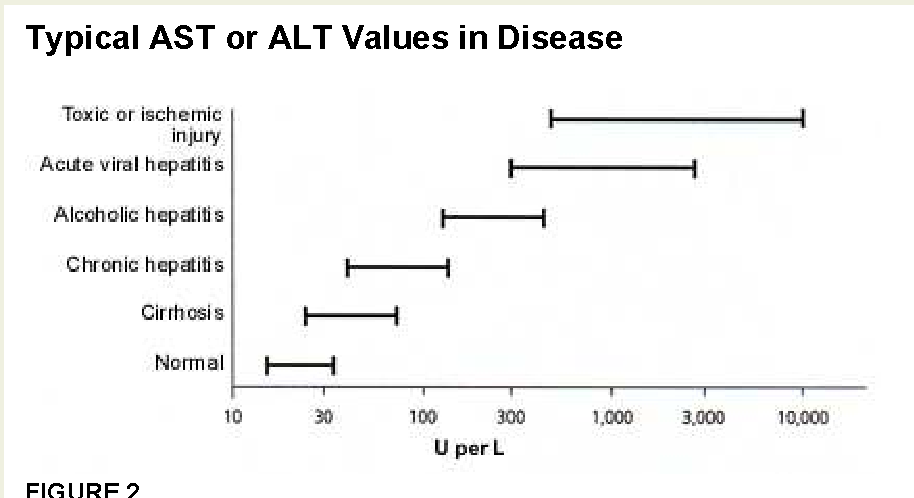 And if you do a blood test for certain markers, you can get a clear picture of the state of the liver. We now describe these analyzes in more detail.
And if you do a blood test for certain markers, you can get a clear picture of the state of the liver. We now describe these analyzes in more detail.
The numbers describing the composition of the blood are biochemical indicators. Among these indicators, there are those in which certain changes always indicate changes in liver function – namely, functions, and not structures (structural changes are monitored in other ways, such as ultrasound). Therefore, these tests are called “liver function tests” (LFTs) or simply “liver tests”.
When should liver tests be done?
If nothing bothers you, you can donate blood for this test every year during a routine medical examination. Also, liver function tests must be examined during pregnancy, before surgical interventions, before and during courses of treatment for certain diseases that involve the use of potent drugs.
Mandatory liver test is required in the presence of one or more of the following symptoms: These sensations usually manifest as a slight pulling pain and/or tingling. Especially noticeable when laughing, sneezing, coughing, screaming, tilting to the side, lifting heavy objects. They can also affect after eating fatty, fried, spicy or smoked foods;
Especially noticeable when laughing, sneezing, coughing, screaming, tilting to the side, lifting heavy objects. They can also affect after eating fatty, fried, spicy or smoked foods;
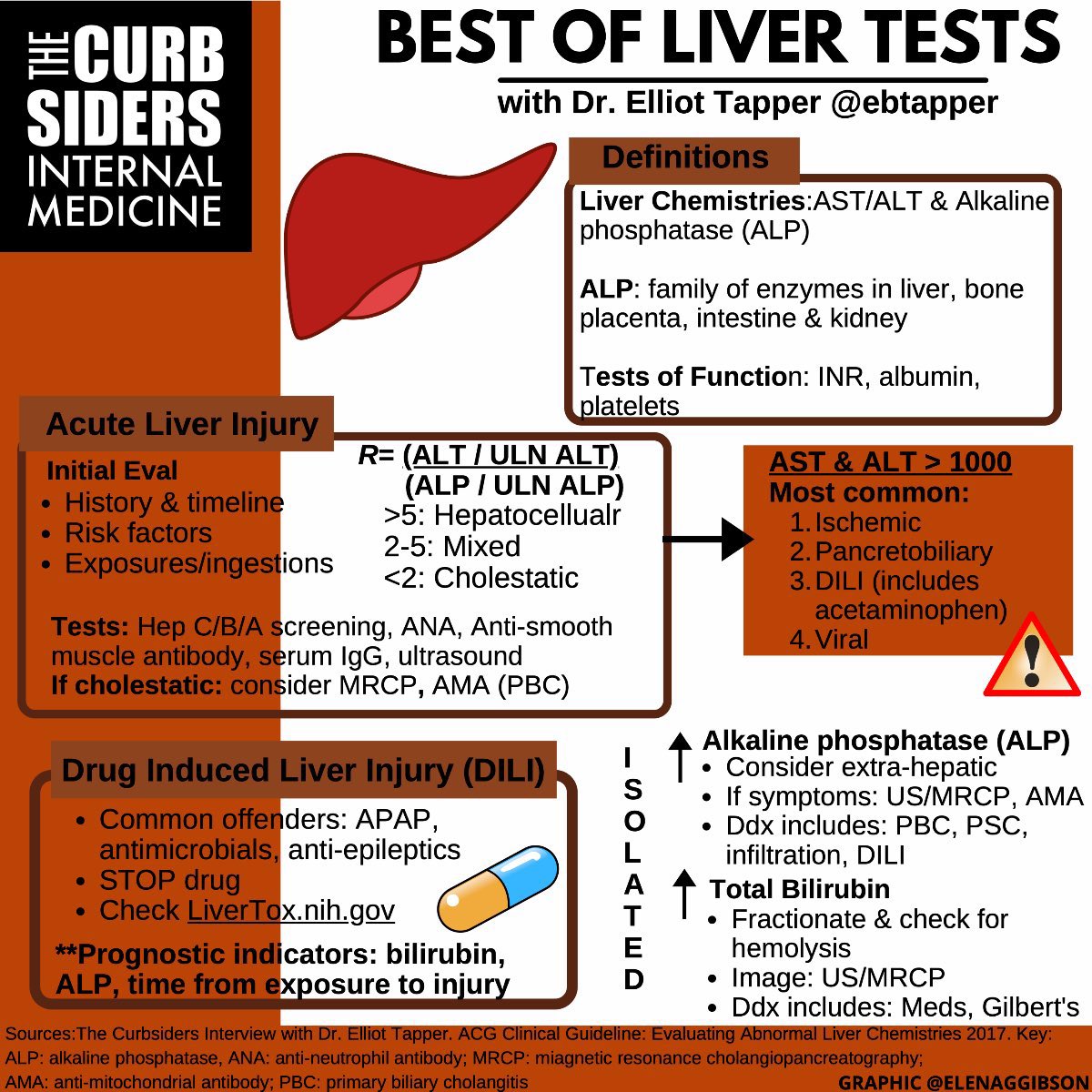 When nitrogen metabolism is disturbed, the concentration of ammonia in the blood increases and hepatic hyperammonemia develops;
When nitrogen metabolism is disturbed, the concentration of ammonia in the blood increases and hepatic hyperammonemia develops;The last set of symptoms indicates the presence of serious liver disease, including hepatitis.
Where can I have a liver test?
Donate blood for liver function tests in the departments of the all-Ukrainian network of laboratories “MedLab”. The laboratory offers the following “liver” packages:
- Package No. 970 “Liver tests No. 2” – alanine aminotransferase (ALT), aspartate aminotransferase (AST), alkaline phosphatase, g-glutamyl transpeptidase, total protein, total bilirubin.
- Package No. 10 “Liver tests” – bilirubin (total, direct, indirect), alanine aminotransferase (ALT), aspartate aminotransferase (AST), alkaline phosphatase, total protein, g-glutamyl transpeptidase;
- Package No.
 54 “Assessment of the state of the liver”, which includes analyzes for protein fractions (albumin, α-1-globulins, α-2-globulins, β-1-globulins, γ-globulins, A / G coefficient), thymol test , total protein, lactate dehydrogenase (LDH), alkaline phosphatase, gamma-glutamyl transpeptidase (GGT), alanine aminotransferase (ALT), aspartate aminotransferase (AST), total bilirubin, direct, indirect.
54 “Assessment of the state of the liver”, which includes analyzes for protein fractions (albumin, α-1-globulins, α-2-globulins, β-1-globulins, γ-globulins, A / G coefficient), thymol test , total protein, lactate dehydrogenase (LDH), alkaline phosphatase, gamma-glutamyl transpeptidase (GGT), alanine aminotransferase (ALT), aspartate aminotransferase (AST), total bilirubin, direct, indirect.
Test results will be ready:
- Package #10 Oven Samples and Package #970 Oven Samples #2 — within 1 working day.
- Package No. 54 “Assessment of the state of the liver” – within 2 working days.
How do I prepare for a liver test?
To achieve the most reliable liver test results, follow these guidelines:
- Test strictly on an empty stomach. The liver is involved in the processes of digestion, and the food itself also affects liver performance. Therefore, you should not eat at least 8 hours before taking liver tests (during this time, you should also not drink anything but pure water).
 In addition, 3 days before delivery, you need to give up spicy and fatty foods.
In addition, 3 days before delivery, you need to give up spicy and fatty foods. - Do not drink alcohol for 3 days prior to testing. Even a minimal dose of alcohol puts a heavy strain on the liver, changes the composition of the blood and its properties (including coagulation and some “liver” indicators).
- Do not smoke for 12 hours before testing. Substances that enter the blood from cigarette smoke can also change the composition of the blood and affect the results of the study.
- Avoid strenuous activities , including “serious” sports, for 3 days prior to analysis. By the way, during this period it is recommended to protect yourself not only from physical, but also from psycho-emotional overstrain, stress factors, and also observe the correct sleep pattern.
- If you are taking any medications, stop taking them if possible. Even harmless vitamins can distort the result of a biochemical “liver” analysis.
 Therefore, any medications should ideally be discontinued at least a week before the FPP is taken. If this is not possible, then it is necessary to warn the doctor in advance about the medicines that you are taking.
Therefore, any medications should ideally be discontinued at least a week before the FPP is taken. If this is not possible, then it is necessary to warn the doctor in advance about the medicines that you are taking.
IMPORTANT! Liver tests, like any other analysis, can be performed in different laboratories using different methods, equipment and using different units of measurement. Therefore, when a doctor prescribes a second study to evaluate the effectiveness of treatment, it is necessary to conduct it in the same lab as where liver tests were taken earlier.
Laboratory examination of liver function
Comprehensive laboratory examination of the liver to assess its main functions and indicators of protein, carbohydrate, fat and pigment metabolism.
Examination results are issued with the doctor’s interpretation .
Synonyms Russian
- Liver function tests
- Liver disease screening
Synonyms English
- Laboratory liver panel
- Liver function tests
- Liver check-up
Test Method
- Coagulogram No.
 1 (Prothrombin (according to Quick), INR) – side scatter detection method, end point percentage determination
1 (Prothrombin (according to Quick), INR) – side scatter detection method, end point percentage determination - Alanine aminotransferase (ALT) – UV kinetic test
- Serum albumin – BCG method (bromocresol green)
- Aspartate aminotransferase (AST) – UV kinetic test
- Gamma-Glutamyl Transpeptidase (Gamma-GT) – Kinetic Colorimetric Method
- Bilirubin total – colorimetric photometric method
- Bilirubin direct – colorimetric photometric method
- Alkaline Phosphatase Total – Colorimetric Photometric Method
- Total cholesterol – colorimetric photometric method
- Bilirubin indirect – colorimetric photometric method
- Bilirubin and its fractions (total, direct and indirect) – colorimetric photometric method
Units of measurement
- Coagulogram No. 1 (prothrombin (according to Quick), INR) -% (percentage), sec. (seconds)
- Alanine aminotransferase (ALT) – U/L (unit per liter)
- Serum Albumin – g/l (grams per litre)
- Aspartate aminotransferase (AST) – U/l (unit per liter)
- Gamma-glutamyl transpeptidase (gamma-GT) – U/l (unit per liter)
- Total bilirubin – µmol/l (micromoles per litre)
- Bilirubin direct – µmol/l (micromoles per litre)
- Alkaline phosphatase, total – U/l (unit per liter)
- Cholesterol, total – mmol/l (millimoles per litre)
- Bilirubin indirect – µmol/l (micromoles per litre)
- Bilirubin and its fractions (total, direct and indirect) – µmol/l (micromoles per liter)
Which biomaterial can be used for research?
Venous blood.
How to properly prepare for an examination?
General information about the study
The liver is the largest gland in the human body. This body performs about 5,000 different functions. The main functions of the liver can be assessed using a comprehensive laboratory study.
1. Synthetic function of the liver
- Albumin is the main blood protein that performs a transport function and ensures the maintenance of oncotic pressure. In violation of the synthetic function of the liver, the concentration of this protein, as a rule, decreases. It should be noted that this decrease is observed in severe liver diseases, such as fulminant hepatitis and severe liver failure. On the contrary, with torpid or latent liver diseases (hepatitis C, alcoholic hepatitis), the level of total protein may remain within the normal range. In addition, changes in albumin concentration can be observed in many other diseases and conditions, such as starvation, malabsorption, nephrotic syndrome, infectious diseases, etc.

- Quick prothrombin (another name is prothrombin time) and the international normalized ratio (INR, INR) are the main indicators used to assess the external pathway of blood coagulation (fibrinogen, prothrombin, factor V, VII and X). The liver is the main source of synthesis of these factors, and diseases of this organ can be accompanied by a violation of the coagulation mechanism and lead to increased bleeding. However, it should be noted that clinically significant disorders of blood coagulation are observed in the late stages of liver disease.
- Cholesterol can be synthesized in almost any cell of the body, however, most of it (up to 25%) is synthesized in the liver, from where this compound enters the systemic circulation as part of very low density lipoproteins (VLDL) or into the gastrointestinal tract as part of bile acids . Hypercholesterolemia is a characteristic feature of hepatic cholestasis observed in cholelithiasis, primary sclerosing cholangitis, viral hepatitis, primary biliary cirrhosis, and some other diseases.
 Hypocholesterolemia has less clinical significance. Different fractions of cholesterol are associated with different effects on human health. Thus, low-density lipoprotein cholesterol (LDL-C) is a well-known risk factor for heart disease, while HDL-C is considered one of the protective factors.
Hypocholesterolemia has less clinical significance. Different fractions of cholesterol are associated with different effects on human health. Thus, low-density lipoprotein cholesterol (LDL-C) is a well-known risk factor for heart disease, while HDL-C is considered one of the protective factors.
2. Metabolic function of the liver
- ALT and AST are enzymes necessary for the metabolism of amino acids. Although these enzymes can also be found in many other tissues and organs (heart, skeletal muscle, kidneys, brain, erythrocytes), changes in their concentration in the blood are more often associated with liver diseases, which leads to their name – hepatic transaminases. ALT is a more specific marker of liver disease than AST. With viral hepatitis and toxic liver damage, as a rule, the same increase in the level of ALT and AST is observed. In alcoholic hepatitis, liver metastases, and liver cirrhosis, there is a more pronounced increase in AST than ALT.

- Alkaline phosphatase, AP, is another key liver enzyme that catalyzes the transfer of phosphate groups between different molecules. The level of alkaline phosphatase is determined when cholestasis is suspected: the concentration of total alkaline phosphatase is increased in almost 100% of cases of extrahepatic obstruction of the biliary tract. In addition to hepatocytes, alkaline phosphatase is present in bone tissue and intestinal cells, and an increase in total alkaline phosphatase can be observed not only with liver damage, but also with other diseases (bone tissue diseases, myocardial infarction, sarcoidosis).
- Gamma-glutamyltranspeptidase, gamma-GT, is a liver enzyme that catalyzes the transfer of the gamma-glutamyl group of glutathione to other molecules. Gamma-HT is currently the most sensitive marker of liver disease. An increase in the concentration of gamma-HT can be observed in all liver diseases, but the greatest value of this marker is in the diagnosis of biliary tract obstruction.
 With obstruction of the biliary tract, the concentration of gamma-HT increases by 5-30 times. The study of the level of gamma-HT allows you to make sure that the increase in total alkaline phosphatase is caused precisely by liver disease, and not by other causes, primarily diseases of the skeletal system. As a rule, with obstruction of the biliary tract, there is a parallel increase in the level of gamma-HT and total alkaline phosphatase. High levels of gamma-HT are characteristic of metastatic lesions and alcoholic cirrhosis of the liver. In viral hepatitis, there is a moderate increase in the level of gamma-HT (2-5 times).
With obstruction of the biliary tract, the concentration of gamma-HT increases by 5-30 times. The study of the level of gamma-HT allows you to make sure that the increase in total alkaline phosphatase is caused precisely by liver disease, and not by other causes, primarily diseases of the skeletal system. As a rule, with obstruction of the biliary tract, there is a parallel increase in the level of gamma-HT and total alkaline phosphatase. High levels of gamma-HT are characteristic of metastatic lesions and alcoholic cirrhosis of the liver. In viral hepatitis, there is a moderate increase in the level of gamma-HT (2-5 times).
3. Excretory function of the liver
- Bilirubin is a pigment formed during the breakdown of hemoglobin and some other heme-containing proteins in the liver, spleen and bone marrow. It exhibits toxicity to the nervous system and must be eliminated from the body in the bile or urine. Excretion of bilirubin is a multi-step process in which the liver plays a major role.
 There are two main fractions of bilirubin: direct and indirect bilirubin. When bilirubin binds to glucuronic acid, conjugated bilirubin is formed in the liver. Since this type of bilirubin can be determined directly using a direct laboratory test, it is also called direct bilirubin. Bilirubin that has not been conjugated with glucuronic acid is said to be unbound. In laboratory conditions, it is not possible to determine the level of unbound bilirubin: its concentration is calculated based on the concentrations of total and bound bilirubin. For this reason, this type of bilirubin is also called indirect. Total bilirubin consists of both fractions. An increase in the level of bilirubin can be observed in many liver diseases, but the greatest value of this marker lies in the differential diagnosis of jaundice. Hemolytic (prehepatic) jaundice is characterized by an increase in total and indirect bilirubin. For hepatic jaundice, an increase in both fractions (direct and indirect bilirubin) and total bilirubin is typical.
There are two main fractions of bilirubin: direct and indirect bilirubin. When bilirubin binds to glucuronic acid, conjugated bilirubin is formed in the liver. Since this type of bilirubin can be determined directly using a direct laboratory test, it is also called direct bilirubin. Bilirubin that has not been conjugated with glucuronic acid is said to be unbound. In laboratory conditions, it is not possible to determine the level of unbound bilirubin: its concentration is calculated based on the concentrations of total and bound bilirubin. For this reason, this type of bilirubin is also called indirect. Total bilirubin consists of both fractions. An increase in the level of bilirubin can be observed in many liver diseases, but the greatest value of this marker lies in the differential diagnosis of jaundice. Hemolytic (prehepatic) jaundice is characterized by an increase in total and indirect bilirubin. For hepatic jaundice, an increase in both fractions (direct and indirect bilirubin) and total bilirubin is typical. Obstructive (subhepatic) jaundice is characterized by an increase in total and direct bilirubin.
Obstructive (subhepatic) jaundice is characterized by an increase in total and direct bilirubin.
This comprehensive study includes indicators to assess the main functions of the liver. In some situations, however, additional tests may be required. Repeated analyzes are recommended to be performed using the same test systems.
What is research used for?
- For the evaluation of liver function and the early diagnosis of diseases affecting it.
When is the test scheduled?
- At a preventive examination;
- in the presence of symptoms of diseases of the liver, gallbladder and bile ducts: with pain or discomfort in the right hypochondrium, nausea, impaired stool, darkening of urine color, jaundice, edema, increased bleeding, fatigue;
- when observing a patient receiving hepatotoxic drugs for any disease (methotrexate, tetracyclines, amiodarone, valproic acid, salicylates).

What do the results mean?
Reference values *
Coagulogram No. 1
- Quick prothrombin: 70.0 – 120.0%.
- INR: 0.8 – 1.2.
- Prothrombin time: 9.4 – 12.5 sec.
*Reference values vary for some regions due to the use of different test systems for the study.
Alanine aminotransferase (ALT)
Age, gender | Reference values | |
0 – 1 year | ||
1 – 4 years | ||
4 – 7 years | ||
7 – 13 years old | ||
13 – 18 years old | ||
> 18 years old | men | |
women | ||
Serum albumin
Age | Reference values |
28 – 44 g/l | |
4 days – 14 years | 38 – 54 g/l |
14 – 18 years old | 32 – 45 g/l |
> 18 years old | 35 – 52 g/l |
Aspartate aminotransferase (AST)
Age, gender | Reference values | |
0 – 1 year | ||
1 – 4 years | ||
4 – 7 years | ||
7 – 13 years old | ||
13 – 18 years old | ||
> 18 years old | men | |
women | ||
Gamma-glutamyl transpeptidase (gamma-GT)
Age, gender | Reference values | |
0 – 1 year | ||
1 – 4 years | ||
4 – 7 years | ||
7 – 13 years old | ||
13 – 18 years old | ||
> 18 years old | men | |
women | ||
Total bilirubin
Age | Reference values |
Less than 1 day | 24 – 149 µmol/l |
1-3 days | 58 – 197 µmol/l |
3-6 days | 26 – 205 µmol/l |
More than 6 days | 0 – 21 µmol/l |
Direct bilirubin: 0 – 5 µmol/l.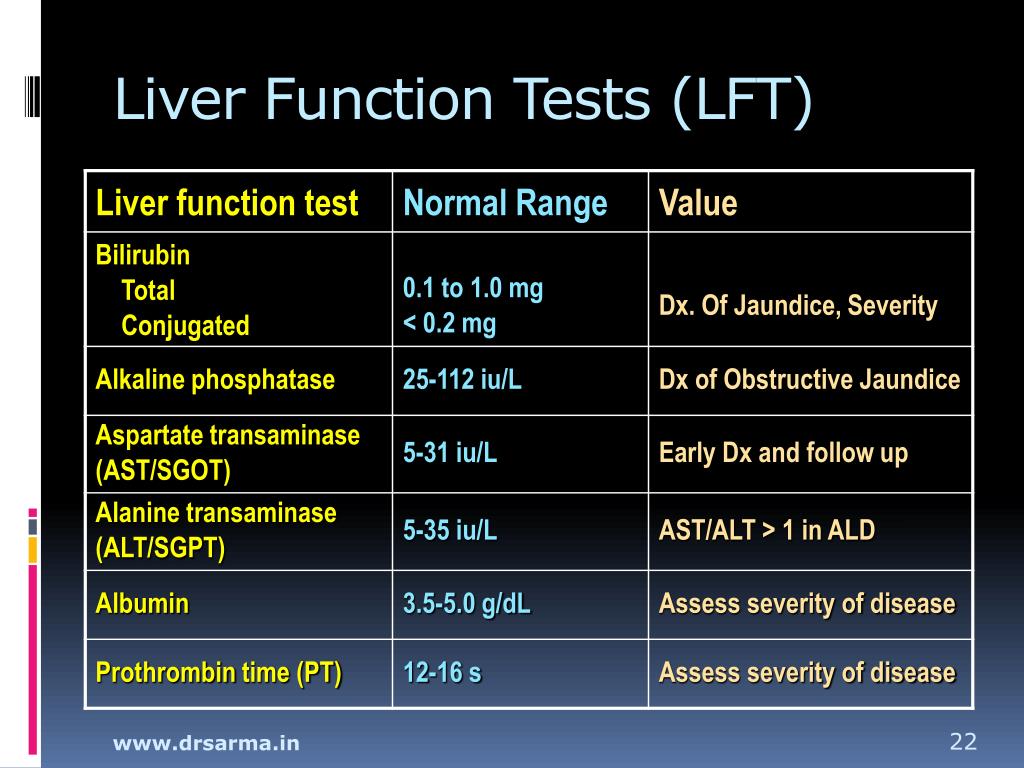
Alkaline phosphatase total
Age, gender | Reference values | |
2 – 5 days | ||
5 days – 6 months | ||
6 – 12 months | ||
1 – 4 years | ||
4 – 7 years | ||
7 – 13 years old | ||
13 – 18 years old | male | |
female | ||
> 18 years old | male | 40 – 130 U/l |
female | 35 – 105 U/l | |
Total cholesterol:
Indirect bilirubin: calculated indicator.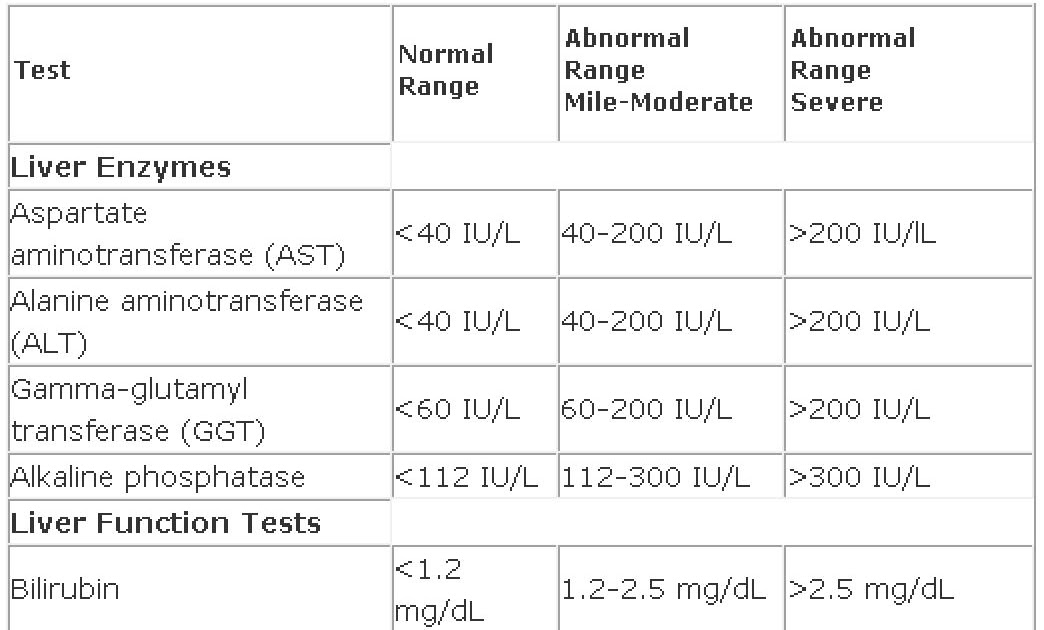
Reasons for increase/decrease depending on the determined indicator:
- Coagulogram No. 1 (prothrombin (according to Quick), INR)
- Alanine aminotransferase (ALT)
- Serum albumin
- Aspartate aminotransferase (AST)
- Gamma-glutamyl transpeptidase (gamma-GT)
- Bilirubin total
- Bilirubin direct
- Alkaline phosphatase, total
- Cholesterol, total
- Bilirubin indirect
- Bilirubin and its fractions (total, direct and indirect)
What can influence the result?
Causes depending on the determined indicator:
- Coagulogram No. 1 (prothrombin (according to Quick), INR)
- Alanine aminotransferase (ALT)
- Serum albumin
- Aspartate aminotransferase (AST)
- Gamma-glutamyl transpeptidase (gamma-GT)
- Bilirubin total
- Bilirubin direct
- Alkaline phosphatase, total
- Cholesterol, total
- Bilirubin indirect
- Bilirubin and its fractions (total, direct and indirect)
Also recommended
- Screening for autoimmune liver disease
- FibroMax
- SteatoScreen
- Extensive laboratory examination of the liver
- Liver and pancreas screening
- Vitamins and trace elements involved in the regulation of the liver detoxification system (Fe, Mg, Mo, Zn, S, vitamins A, C, B1, B3, B5, B6, B9, B12)
Who orders the examination?
Therapist, general practitioner, gastroenterologist, hepatologist.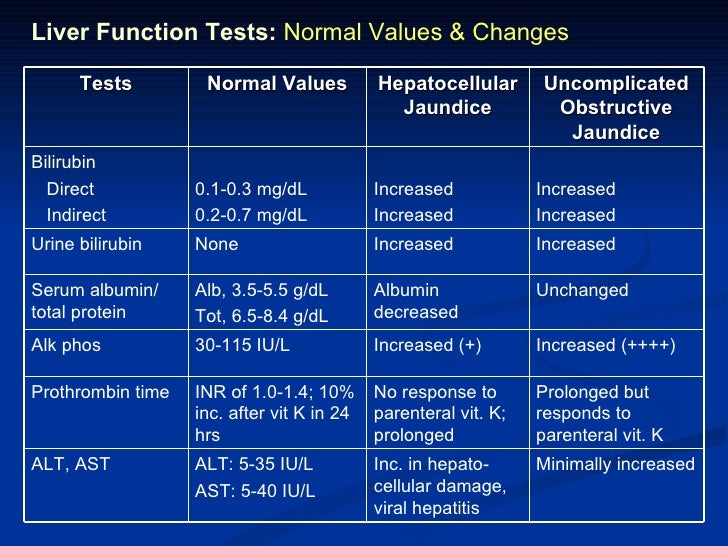

 You might not have any symptoms. It usually goes away by itself within 6 months without any long-term harm.
You might not have any symptoms. It usually goes away by itself within 6 months without any long-term harm.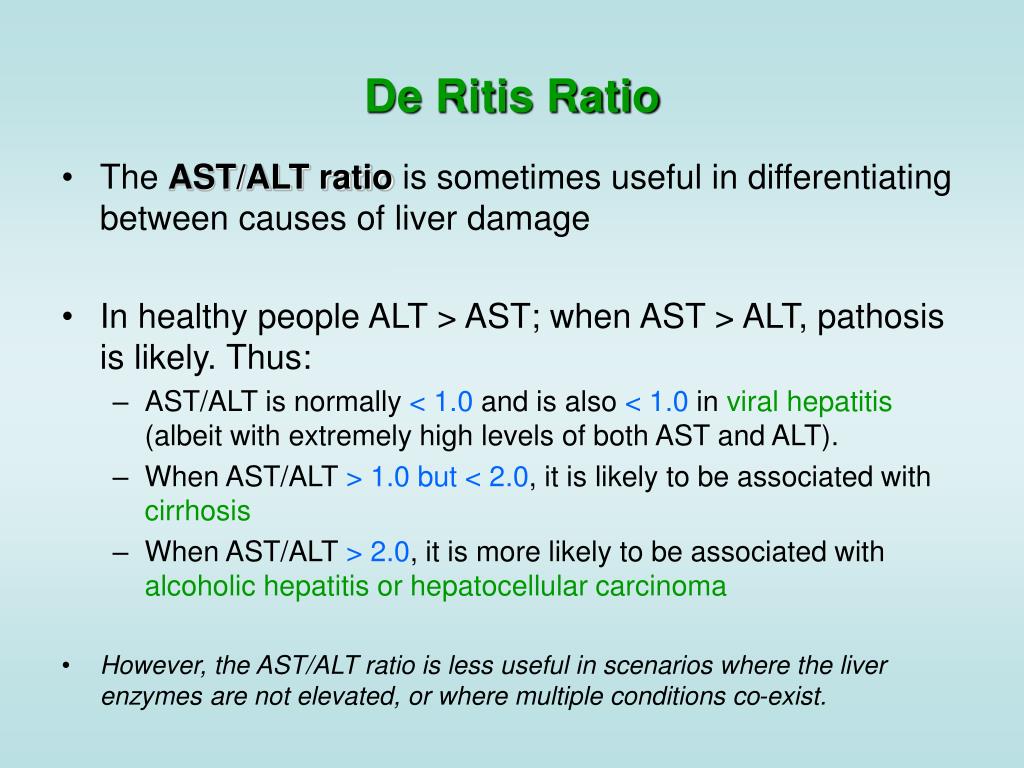 It can lead to other disorders and even liver failure. It strikes girls and women more often than boys or men.
It can lead to other disorders and even liver failure. It strikes girls and women more often than boys or men. Your doctor might call it hepatocellular carcinoma. It’s more likely if you have hepatitis or drink too much.
Your doctor might call it hepatocellular carcinoma. It’s more likely if you have hepatitis or drink too much. In this condition, your liver makes too much oxalate due to a genetic mutation. This can cause kidney stones and kidney failure. If your kidneys do fail, that can give you oxalosis, where the oxalate collects in other organs and causes more trouble.
In this condition, your liver makes too much oxalate due to a genetic mutation. This can cause kidney stones and kidney failure. If your kidneys do fail, that can give you oxalosis, where the oxalate collects in other organs and causes more trouble.+SI+units+(mmol/L)+Toxic+levels.+(mg/dL).jpg) Make sure you follow the dosing instructions on the label, and be aware that acetaminophen might be in more than one medicine you take.
Make sure you follow the dosing instructions on the label, and be aware that acetaminophen might be in more than one medicine you take. Over time, it may not work like it should.
Over time, it may not work like it should. 54 “Assessment of the state of the liver”, which includes analyzes for protein fractions (albumin, α-1-globulins, α-2-globulins, β-1-globulins, γ-globulins, A / G coefficient), thymol test , total protein, lactate dehydrogenase (LDH), alkaline phosphatase, gamma-glutamyl transpeptidase (GGT), alanine aminotransferase (ALT), aspartate aminotransferase (AST), total bilirubin, direct, indirect.
54 “Assessment of the state of the liver”, which includes analyzes for protein fractions (albumin, α-1-globulins, α-2-globulins, β-1-globulins, γ-globulins, A / G coefficient), thymol test , total protein, lactate dehydrogenase (LDH), alkaline phosphatase, gamma-glutamyl transpeptidase (GGT), alanine aminotransferase (ALT), aspartate aminotransferase (AST), total bilirubin, direct, indirect. In addition, 3 days before delivery, you need to give up spicy and fatty foods.
In addition, 3 days before delivery, you need to give up spicy and fatty foods. Therefore, any medications should ideally be discontinued at least a week before the FPP is taken. If this is not possible, then it is necessary to warn the doctor in advance about the medicines that you are taking.
Therefore, any medications should ideally be discontinued at least a week before the FPP is taken. If this is not possible, then it is necessary to warn the doctor in advance about the medicines that you are taking. 1 (Prothrombin (according to Quick), INR) – side scatter detection method, end point percentage determination
1 (Prothrombin (according to Quick), INR) – side scatter detection method, end point percentage determination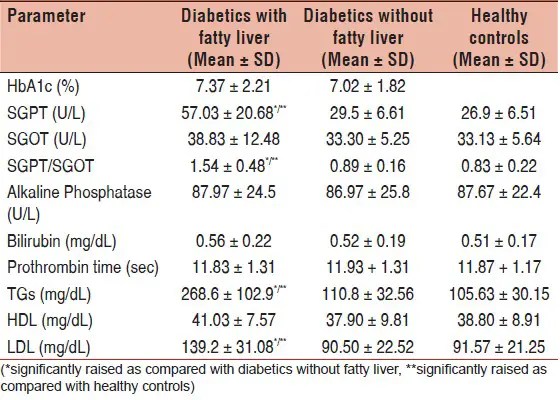
 Hypocholesterolemia has less clinical significance. Different fractions of cholesterol are associated with different effects on human health. Thus, low-density lipoprotein cholesterol (LDL-C) is a well-known risk factor for heart disease, while HDL-C is considered one of the protective factors.
Hypocholesterolemia has less clinical significance. Different fractions of cholesterol are associated with different effects on human health. Thus, low-density lipoprotein cholesterol (LDL-C) is a well-known risk factor for heart disease, while HDL-C is considered one of the protective factors.
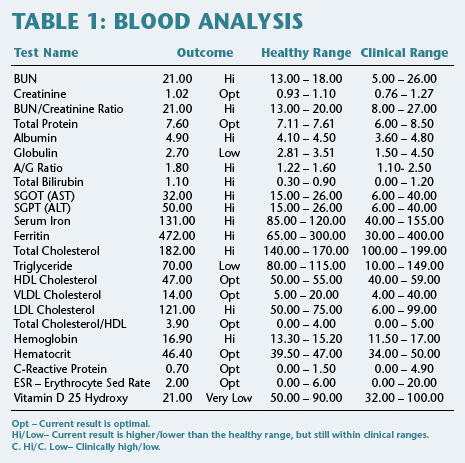 With obstruction of the biliary tract, the concentration of gamma-HT increases by 5-30 times. The study of the level of gamma-HT allows you to make sure that the increase in total alkaline phosphatase is caused precisely by liver disease, and not by other causes, primarily diseases of the skeletal system. As a rule, with obstruction of the biliary tract, there is a parallel increase in the level of gamma-HT and total alkaline phosphatase. High levels of gamma-HT are characteristic of metastatic lesions and alcoholic cirrhosis of the liver. In viral hepatitis, there is a moderate increase in the level of gamma-HT (2-5 times).
With obstruction of the biliary tract, the concentration of gamma-HT increases by 5-30 times. The study of the level of gamma-HT allows you to make sure that the increase in total alkaline phosphatase is caused precisely by liver disease, and not by other causes, primarily diseases of the skeletal system. As a rule, with obstruction of the biliary tract, there is a parallel increase in the level of gamma-HT and total alkaline phosphatase. High levels of gamma-HT are characteristic of metastatic lesions and alcoholic cirrhosis of the liver. In viral hepatitis, there is a moderate increase in the level of gamma-HT (2-5 times).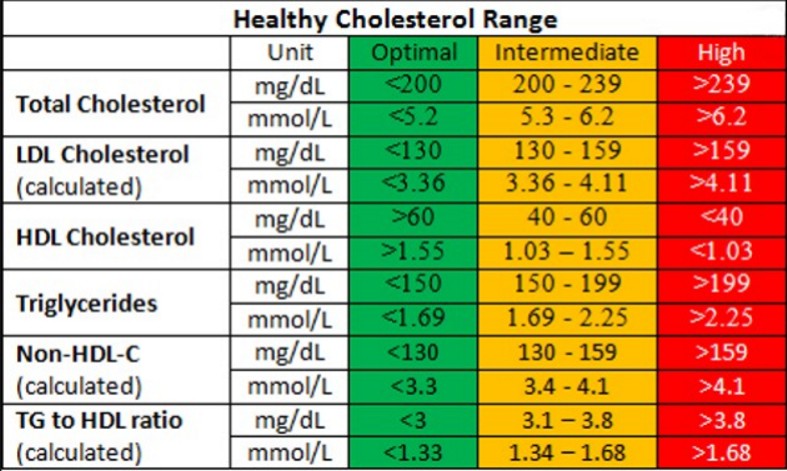 There are two main fractions of bilirubin: direct and indirect bilirubin. When bilirubin binds to glucuronic acid, conjugated bilirubin is formed in the liver. Since this type of bilirubin can be determined directly using a direct laboratory test, it is also called direct bilirubin. Bilirubin that has not been conjugated with glucuronic acid is said to be unbound. In laboratory conditions, it is not possible to determine the level of unbound bilirubin: its concentration is calculated based on the concentrations of total and bound bilirubin. For this reason, this type of bilirubin is also called indirect. Total bilirubin consists of both fractions. An increase in the level of bilirubin can be observed in many liver diseases, but the greatest value of this marker lies in the differential diagnosis of jaundice. Hemolytic (prehepatic) jaundice is characterized by an increase in total and indirect bilirubin. For hepatic jaundice, an increase in both fractions (direct and indirect bilirubin) and total bilirubin is typical.
There are two main fractions of bilirubin: direct and indirect bilirubin. When bilirubin binds to glucuronic acid, conjugated bilirubin is formed in the liver. Since this type of bilirubin can be determined directly using a direct laboratory test, it is also called direct bilirubin. Bilirubin that has not been conjugated with glucuronic acid is said to be unbound. In laboratory conditions, it is not possible to determine the level of unbound bilirubin: its concentration is calculated based on the concentrations of total and bound bilirubin. For this reason, this type of bilirubin is also called indirect. Total bilirubin consists of both fractions. An increase in the level of bilirubin can be observed in many liver diseases, but the greatest value of this marker lies in the differential diagnosis of jaundice. Hemolytic (prehepatic) jaundice is characterized by an increase in total and indirect bilirubin. For hepatic jaundice, an increase in both fractions (direct and indirect bilirubin) and total bilirubin is typical.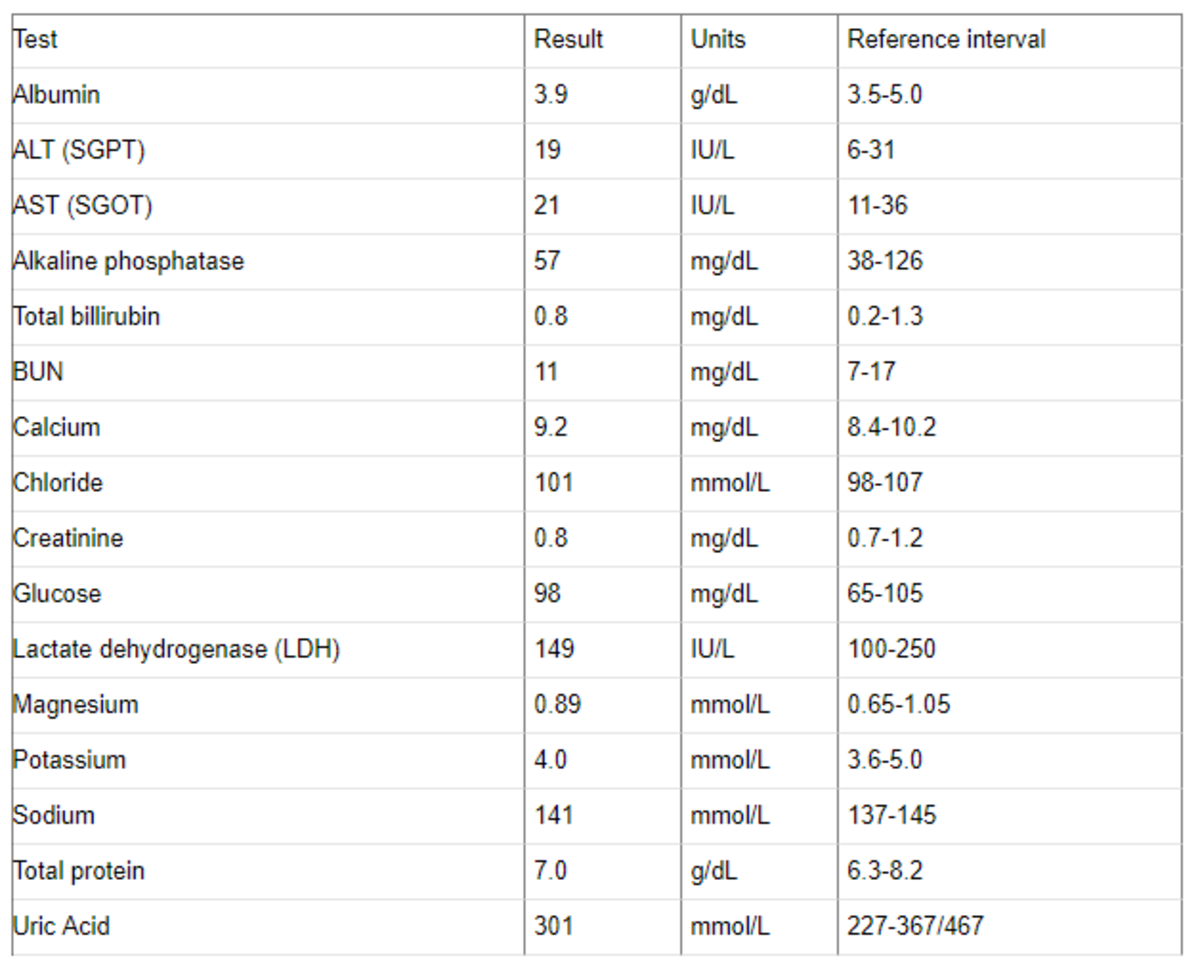 Obstructive (subhepatic) jaundice is characterized by an increase in total and direct bilirubin.
Obstructive (subhepatic) jaundice is characterized by an increase in total and direct bilirubin.